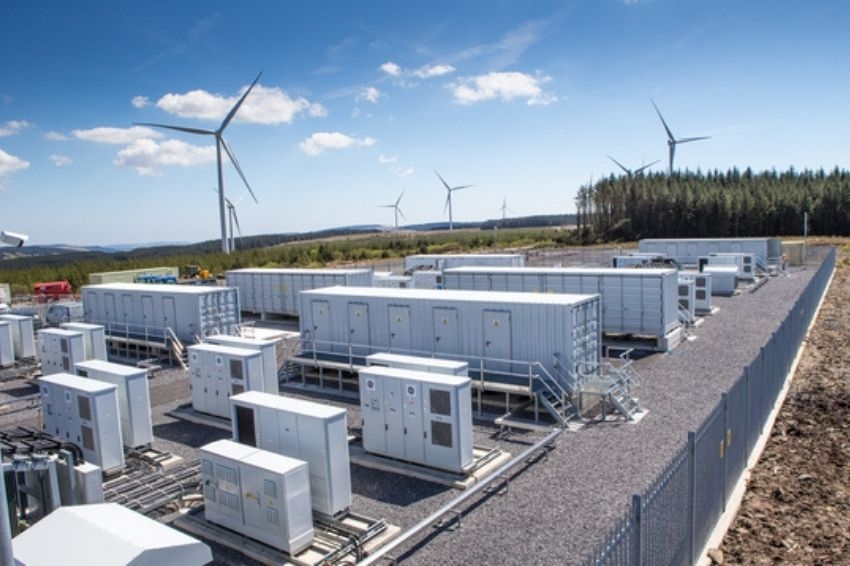When we design the grounding of a ground-based photovoltaic plant, for example, a grounding mesh is designed – made of copper or copper-plated steel cable – which is a network of buried conductors that will interconnect the various elements that make up a solar plant. O grounding a photovoltaic system It has several functions, such as promoting the safety of people, equipment, buildings, protection against atmospheric discharges, controlling the formation of electrical arcs, among others. But when we talk about energy storage applications, whether from any source, such as solar, wind or biomass, for example, is there any kind of special concept regarding grounding? Electrical engineer Paulo Freire, specialist in grounding and SPDA (Atmospheric Discharge Protection System) of large plants, participated in the podcast Papo Solar and commented that there is no specific requirement for this case. “Basically, energy storage systems are battery banks. These banks will be, in a certain way, sheltered, whether in buildings or in a base made up of a steel structure with a roof, for example. So, you have to ground it, and there is no requirement. The storage system will not produce anything different from what we normally do in projects”, explained Freire.
ABNT standards
During the podcast, Paulo Freire also commented that he should publish, in the coming weeks, an article with suggestions for revision in the NBR 16690, which establishes the design requirements for electrical installations of photovoltaic arrays, including provisions on conductors, electrical protection devices, switching devices, grounding and equipotentialization of the photovoltaic array. “I am making several suggestions, specifically, in terms of grounding. We have a lot of work ahead of us”, said Freire, adding that he is the rapporteur of some new standards, such as the NBR 7117 – Measurement of soil resistivity and stratification, which is about to be published. “I am still rapporteur for the NBR 5422 – Electric power transmission line projects, which is in the final stage of preparation. Furthermore, I am working on grounding standards for renewables, mainly wind and solar, which we hope to publish next year”, he emphasized. Freire also highlighted the importance of professionals in the field knowing ABNT standards well and consequently standing out in the solar energy market. “Our defense is to have a project that fully complies with the applicable ABNT standards. It is challenging, as there are many standards that are extensive and are always being updated. So, this requires professionals to always be up to date”, he highlighted.
















